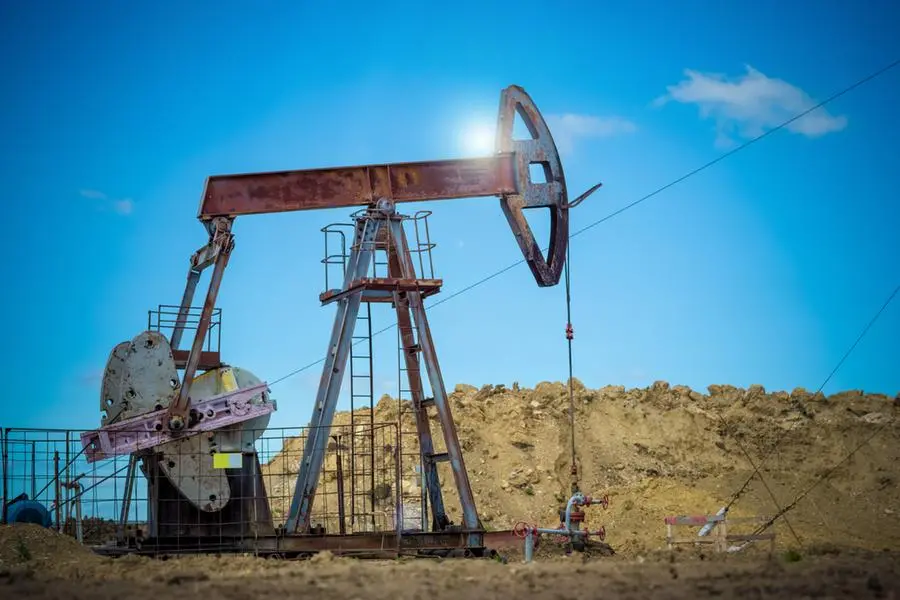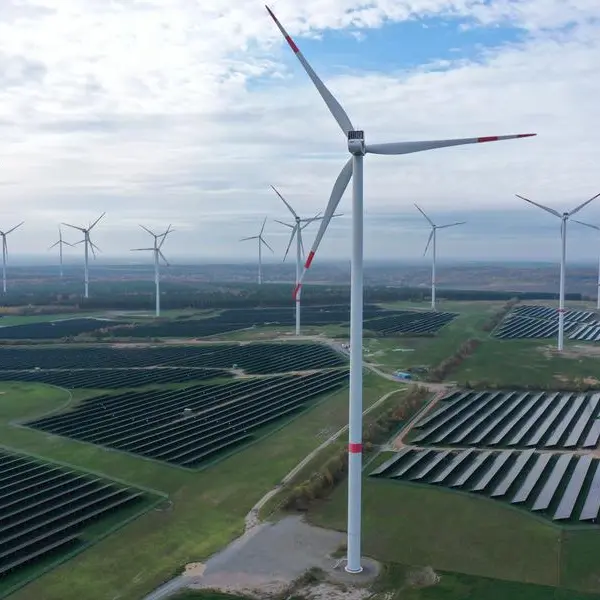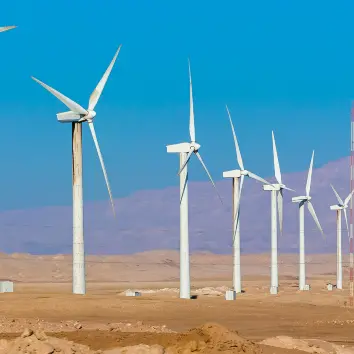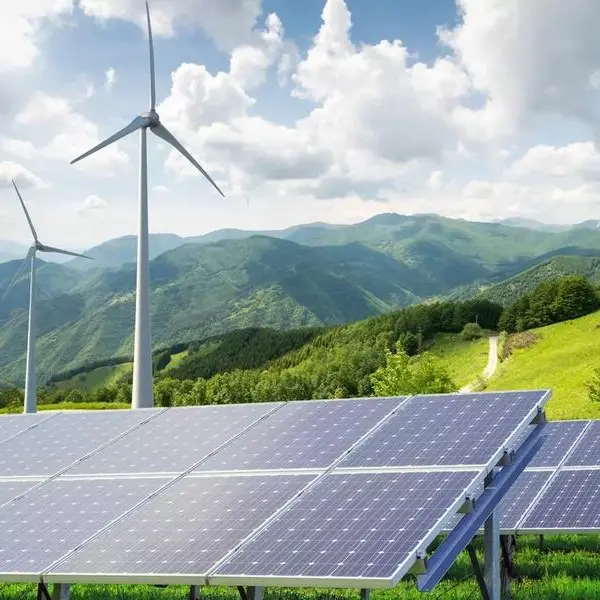PHOTO
Doha: Forecasts by two economists, alongside a report by the World Bank, suggest that energy prices are likely to see a decline heading into 2025.
The economists anticipate a price drop of around 7-9 percent, while the World Bank projects that increased oil production by non-OPEC countries could contribute to a 10 percent decrease in crude prices by the end of 2026.
According to the World Bank, several oil-producing countries outside the Organization of the Petroleum Exporting Countries (OPEC) are expected to ramp up production, creating a surplus that will further pressure global crude prices.
In comments to Qatar News Agency (QNA), the two economists attributed this anticipated decline to a combination of factors, including an oversupply of oil and a slowdown in economic growth in China, coupled with reduced geopolitical tensions in certain regions worldwide.
Oil and gas expert Nasser Jaham Al Kuwari highlighted that current market projections point toward a sustained surplus in the oil sector in 2025, which is expected to exert downward pressure on prices.
He forecasts Brent crude prices to average around USD 73 per barrel and West Texas Intermediate (WTI) crude at approximately USD 71 per barrel representing a 7-9 percent drop from the previous year.
Al Kuwari explained that this oversupply is fueled not only by OPECs output but also by rising production from non-OPEC Plus countries, notably North America, Brazil, and Guyana.
He also noted that China’s recent adjustment to its GDP growth forecast for 2025 implies lower-than-expected demand for crude imports, further dampening global demand.
Geopolitical factors, such as tensions in the Middle East and the ongoing Russia-Ukraine conflict, continue to cast a shadow on oil supply stability, although significant spare capacity remains to buffer against potential disruptions.
Dr. Omar Gharaibeh, Associate Professor of Investment Risk Management at Al al-Bayt University in Jordan, underscored the complexities involved in predicting future oil price trends.
He pointed out that beyond traditional supply and demand dynamics, other influences, such as fluctuating geopolitical risks and possible escalation in Middle Eastern conflicts, significantly impact the market.
Dr. Omar Gharaibeh outlined three potential scenarios for oil price trends in 2025.
The first scenario is the Extreme Market Disruption.
In this first and least likely scenario, oil prices could surge to as high as USD 130 per barrel.
This scenario assumes a significant increase in global demand driven by heightened geopolitical risks, an expanded conflict in the Middle East, and disruptions in energy supply chains through critical straits.
Such an environment, coupled with escalating trade tensions between East and West, would result in a severe oil supply shortage.
According to Dr. Gharaibeh, the imbalance between supply and demand under these conditions could drive prices to extraordinary levels, making them difficult to stabilize.
The second scenario is described by Dr. Gharaibeh as the “optimistic scenario,” the second forecast envisions oil reaching USD 90 per barrel, with a higher probability of occurrence than the first scenario.
This outcome assumes a period of strong global economic growth, supported by reduced geopolitical tensions and eased trade frictions between major powers.
Additionally, central banks worldwide would adopt accommodative monetary policies, lowering interest rates.
This would likely weaken the US dollar, boost investor confidence by lowering debt costs, and encourage expansion and investment.
Dr. Gharaibeh noted that these factors would increase global demand for oil, driving prices higher.
While beneficial for oil-exporting countries, this could also raise global energy costs.
In such a scenario, OPEC Plus might step in to balance supply and demand, increasing production to stabilise prices and prevent excessive price hikes in global markets.
The third scenario, which Dr. Gharaibeh considers the most realistic and probable is the Gradual Economic Slowdown, which projects oil prices declining to $50 per barrel.
This forecast aligns with US expectations to control global inflation rates.
It assumes a continuation of global economic slowdown and gradual stagnation, exacerbated by trade tensions and economic sanctions, particularly against China.
As the world’s largest oil importer, China’s interconnectedness with global supply chains makes it a crucial driver of demand.
Any reduction in its industrial output and demand for oil could lead to a substantial decline in global economic activity and international trade, further intensifying the slowdown.
Under this scenario, Brent crude prices would drop to around $50 per barrel, compelling OPEC Plus to consider production cuts to stabilize prices at $6070 per barrel.
However, this price level could create financial pressures on oil-exporting economies.
Dr. Gharaibeh expects that the average oil price in 2025 will likely hover around $65 per barrel, reflecting a blend of these scenarios.
He also foresees price volatility of approximately 30 percent, signaling significant instability and elevated risk in the global oil market.
© Dar Al Sharq Press, Printing and Distribution. All Rights Reserved. Provided by SyndiGate Media Inc. (Syndigate.info).























